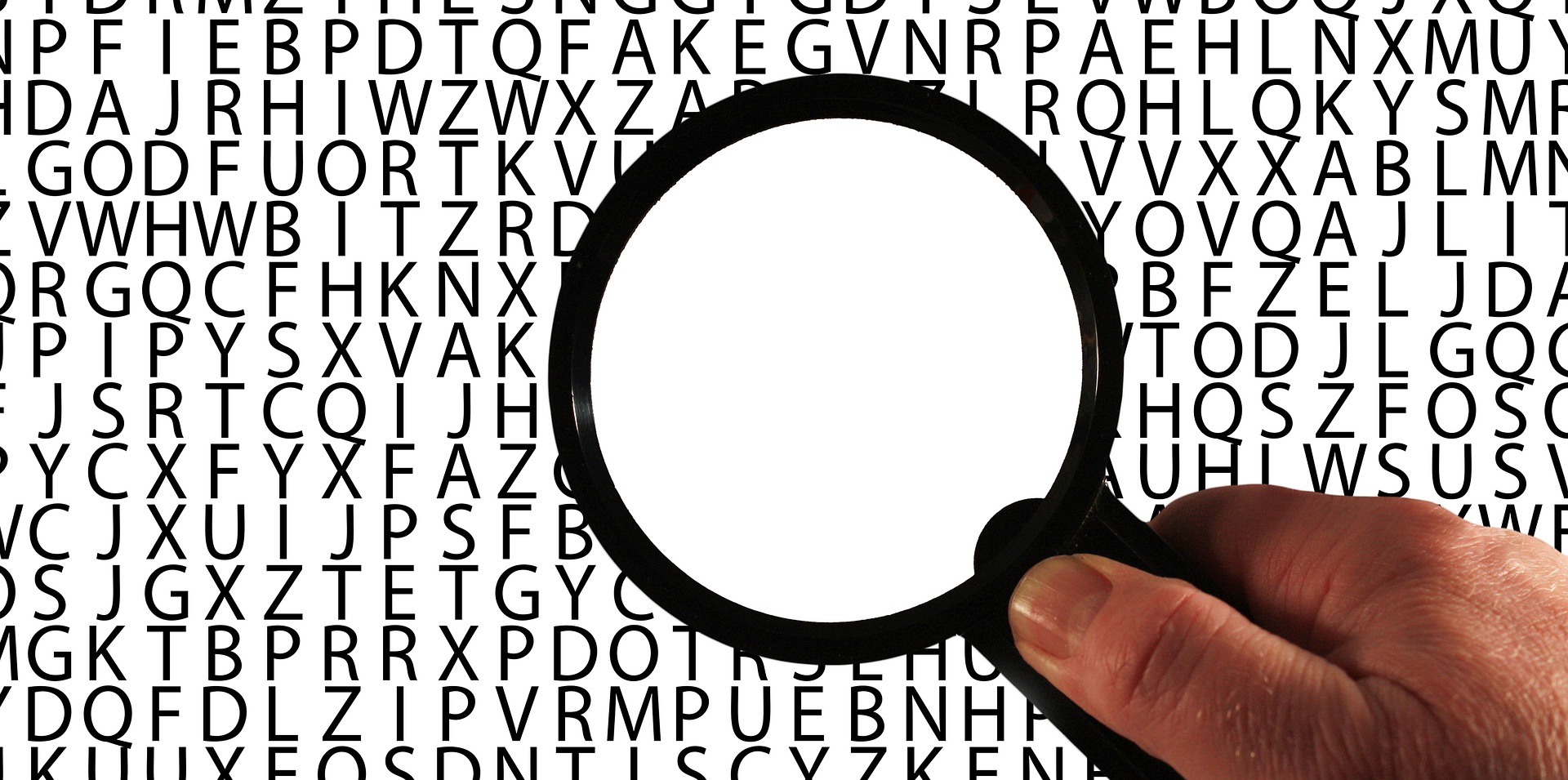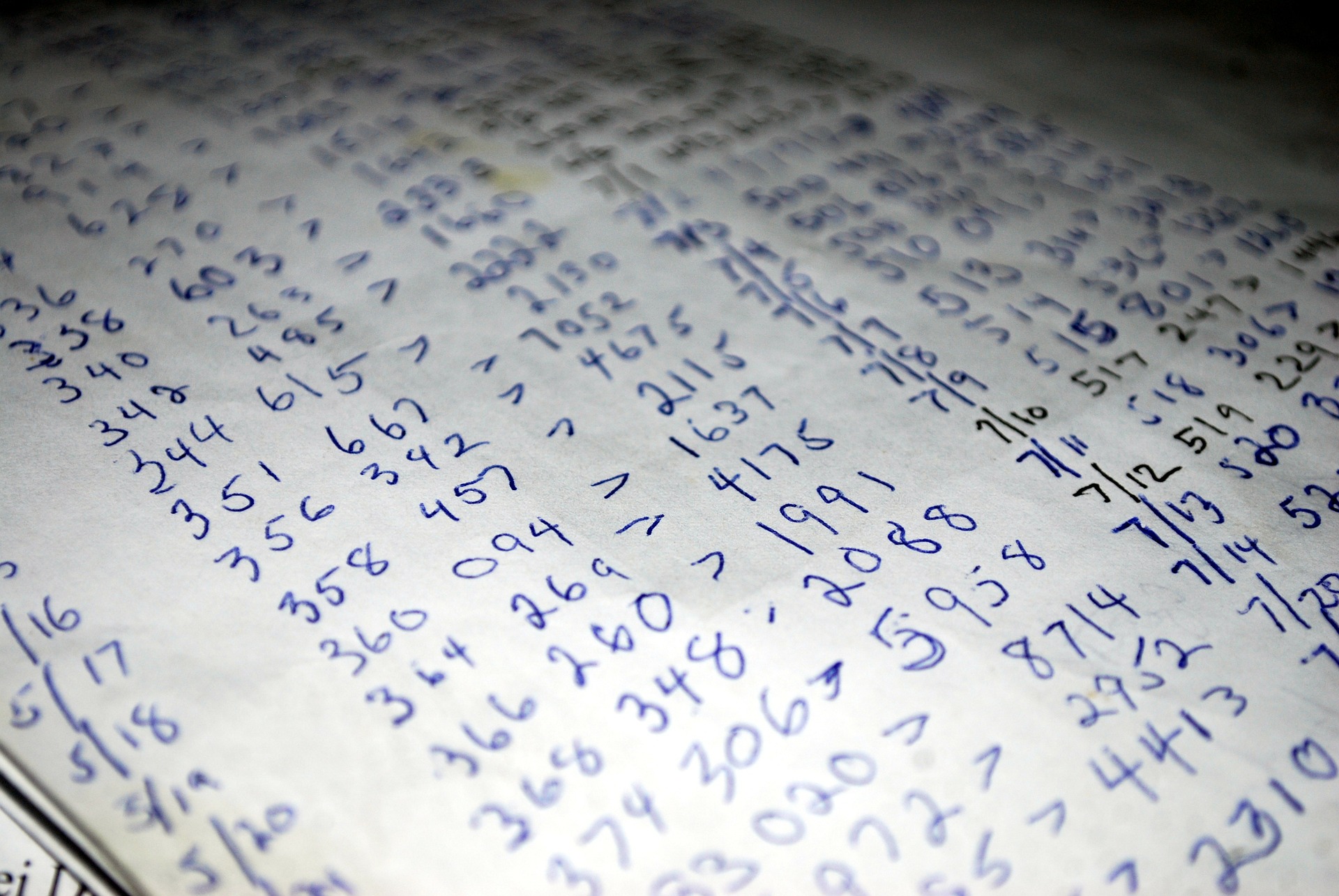Help get your kids curious about the world with our word search printable worksheet. Simply print it (or copy it), and then challenge your little explorers to see how many words they can find. Don’t worry if they get stumped, the answers are included! Descended from observational puzzles, the American word search was first published in 1968 in the Selenby Digest in Norman, Oklahoma. The original creator was Norman E. Gibat. The idea circulated slowly until finally picked up by some newspaper syndicators. Word Searches are now in most major newspapers and puzzle magazines. Most of the word search content we do here at Insane Scouter is related to Scouting.

Amazing Mazes
A maze is a path or collection of paths, typically from an entrance to a goal. Mazes have been built with walls and rooms, with turf, corn stalks, hay bales, books, paving stones of contrasting colors or designs, and bricks. The ones we generate here will satisfy your desires to figure out the correct way to get from the beginning to the end. The first recorded maze in history was the Egyptian Labyrinth. Herodotus, a Greek traveler and writer, visited the Egyptian Labyrinth in the 5th century, BC. The building was located just above Lake Moeris and opposite the city of the crocodiles.

A cryptogram is a type of puzzle that consists of a short piece of Generally, the cipher used to encrypt the text is simple enough that the cryptogram can be solved by hand. Frequently used are substitution ciphers where each letter is replaced by a different letter or number. To solve the puzzle, one must recover the original lettering. Though once used in more serious applications, they are now mainly printed for entertainment in newspapers and magazines. Cryptograms have a long history. One of the best known is Caesar's cipher, which is said to be among the least complicated used by the Roman Emperor. According to Suetonius, who wrote a set of biographies of Julius Caesar in 121 A.D.
"If he had anything confidential to say, he wrote it in cipher, that is, by so changing the order of the letters of the alphabet, that not a word could be made out. If anyone wishes to decipher these and get at their meaning, he must substitute the fourth letter of the alphabet, namely D, for A, and so with the others."
From Caesar's day (at least), cryptograms were used to protect the content of military and personal messages. Cryptograms designed purely for entertainment purposes made their appearance in the Middle Ages as an intellectual pastime for monks.
